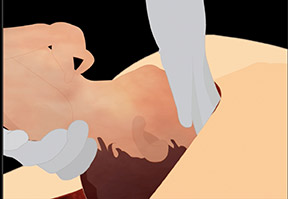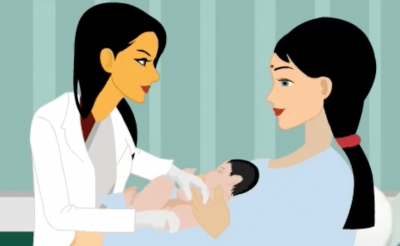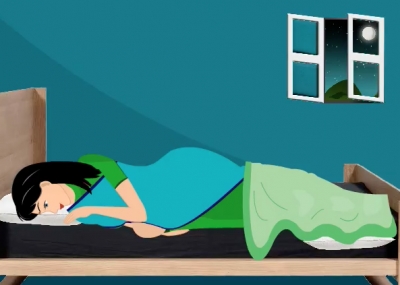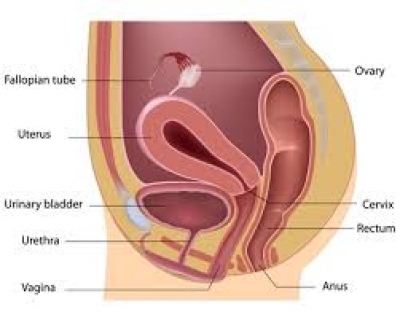reveals that at the all India level the rate of C-section has doubled over the last decade, while in last 20 years, it has risen six times. According to NFHS-4 data, this rate is three times higher in private hospitals (31.1%), as compared to public hospitals (10.0%). Cesarean section can be a planned surgery or sometimes it could be an emergency C-section.
Planned C-section is usually when the woman knows in advance that she will be having a C-section because of reasons relating to
- her medical condition like high blood pressure, diabetes
- relating to this pregnancy like having twins or multiple pregnancies or breech presentation, or a large baby
- relating to her body structure like a small pelvis and a big baby ( Cephalon-Pelvic disproportion)
- Due to an infection that complicates pregnancy, such as HIV or herpes
- Due to problems with the placenta during her pregnancy.
Sometimes an emergency c-section is done when either the mother or baby’s life is at risk. The doctor may have to take a call during labor if the woman needs a c-section or she can proceed with vaginal birth. While C-section has its own risks and complications, sometimes, it may be the only choice left for the doctor to save the mother or child or sometimes both.
C-section recovery takes longer time than a normal vaginal delivery. The mother may have to stay in the hospital for 3 to 4 days depending on her condition. The surgical complications, infections, and pain after the procedure are some of the negatives of C-section.
Some women are apprehensive that, once they have a C-section than their next pregnancy could also end up with C-section. So they want to try for a vaginal delivery for their second pregnancy. This is called VBAC (vaginal birth after C-section). Talk to your doctor about it. If you choose VBAC, you will be closely monitored and if there is any distress during labor either for you or the baby, the doctor may decide for an emergency C-section. One of the risks for VBAC is that the scar from previous surgery could come apart during labor. This is a very rare occurrence and could be serious for both the mother and baby.
[quix id='8' name='About our Pregnancy Blogs and Videos']






